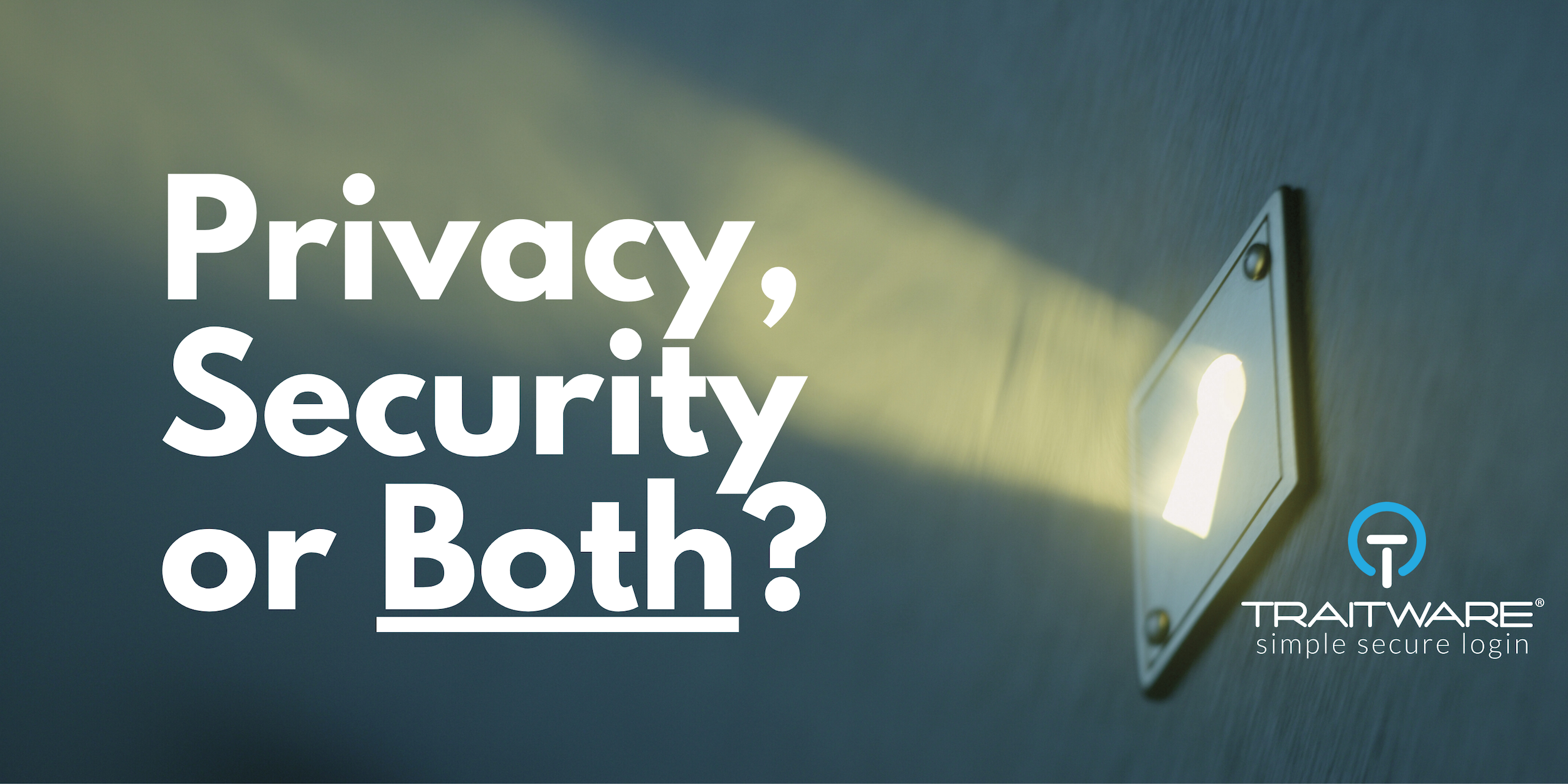Privacy vs. Security. Can you have both? While there’s a difference, we think the two belong together – especially when it comes to Identity.
While data security has become increasingly important for companies of all sizes – with the risk and severity of cyberattack steadily rising – regulations like GDPR, CCPA mean companies are also having to ensure they are protecting user privacy rights. Neglecting either can produce devastating and costly results.
Security vs. Privacy: What’s the difference?
Privacy relates to your rights to maintain control over your personal information (who has access to it and how it is used). Thanks to GDPR in Europe and CCPA in California, every time you go to a website you are asked for your consent regarding how that company will collect and use your information. Security is about how your information, wherever it lives, is protected from unwanted access. How secure your data is, depends on the strength of the lock on the door, so to speak.
Clearly, there’s overlap there, especially in our hyper-connected digital world where information lives in a variety of places. More and more, companies are needing to understand the differences between privacy and security, how they fit together, and how to incorporate both into a good data management strategy.
Where does IAM come in?
A good Identity and Access Management solution should protect both privacy and security. It should allow you to see and control how your data is being stored, accessed, and used. Who has access to what data, where are these users located, and what are they using it for? With the right IAM platform, you can monitor and control all stages of access and modify permissions in a few easy clicks.
The way in which your users are authenticated or granted access also matters. Biometric-enabled MFA from account creation is arguably the most secure way, provided users maintain control over their information. Legacy login, with usernames and passwords, is the least secure method. Passwords can be easily compromised and are at the root of most cyberattacks.
Find out more about Biometrics
A few key questions to ask before choosing an IAM provider
1. Is user data (biometrics etc.) being stored on a third-party system? Information should always be controlled by the company or user.
2. Is biometric information being recorded as raw data (an image of a fingerprint, for example)? If a biometric is being used as a factor for authentication, that information should not be recorded as raw data, but as a template or mathematical representation that cannot be duplicated by bad actors.
3. If a template is being stored, is it encrypted? Information should always be encrypted to mitigate the risk of compromise.
4. Does access also require a username and password? Passwords are the #1 threat vector that attackers look to obtain, which they do all too easily. Choose a Passwordless MFA solution for optimum security and privacy.
5. Does the solution include Liveness Detection? Liveness detection is a technique that can determine whether the source of your biometric is a fake representation or a live human.
We’d love to tell you more about how TraitWare meets the highest security and privacy standards with Real Passwordless MFA™ + SSO for True Zero Trust Access™.
Got 15 minutes, contact us here for a chat!
